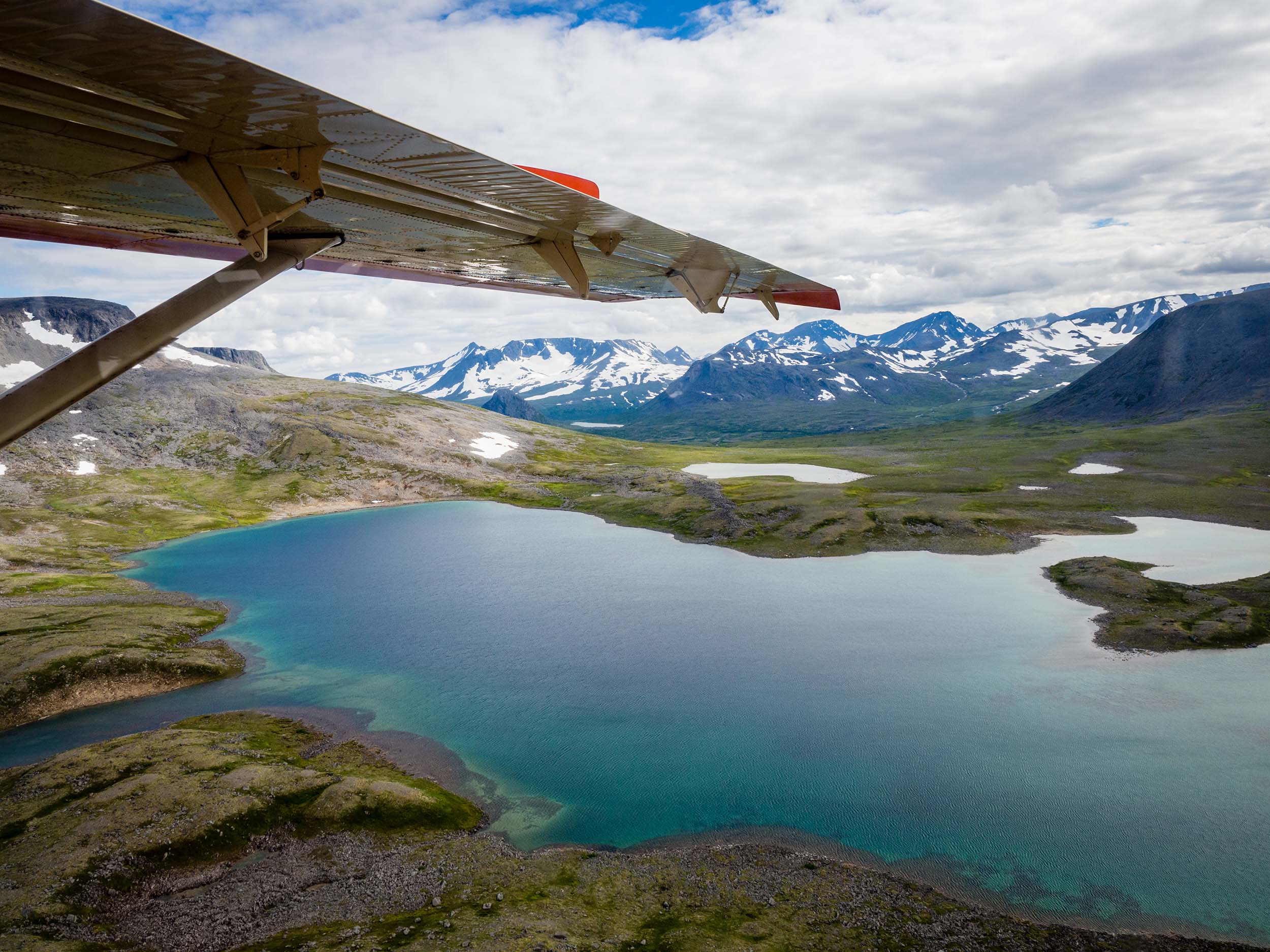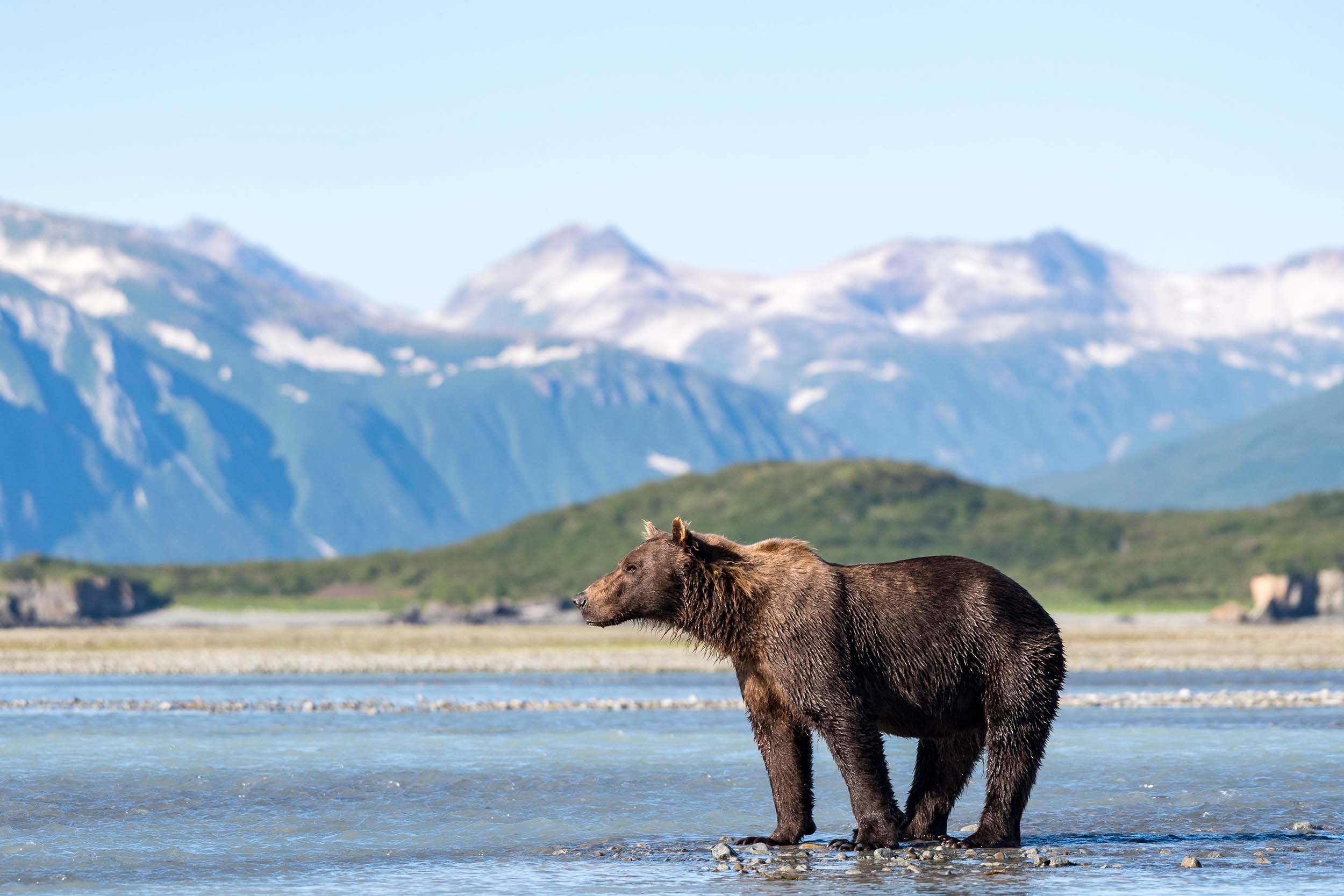Park Information Quick Facts
Location: Alaska
Park Size: 4,093,077 Acres
Time Needed: 3-7days
Best Season: June to July
Must Do: Valley of Ten Thousand Smokes
Pro Tips:Plan your trip around the salmon run, typically from late June to early October, when the bears are most active at Brooks Falls.
Visitor Centers
Katmai National Park has two primary visitor centers: the King Salmon Visitor Center and the Brooks Camp Visitor Center. The King Salmon Visitor Center, located outside the park in the nearby town of King Salmon, serves as the main gateway for visitors arriving by plane. This center provides essential information about the park, including maps, brochures, and exhibits on the park’s natural history, wildlife, and volcanic activity. It is also the starting point for obtaining backcountry permits and receiving guidance on the park’s various recreational opportunities, such as hiking, fishing, and bear viewing. The friendly staff can offer valuable insights and help visitors plan their adventures within the park.
Plan Your Katmai Adventure Today!
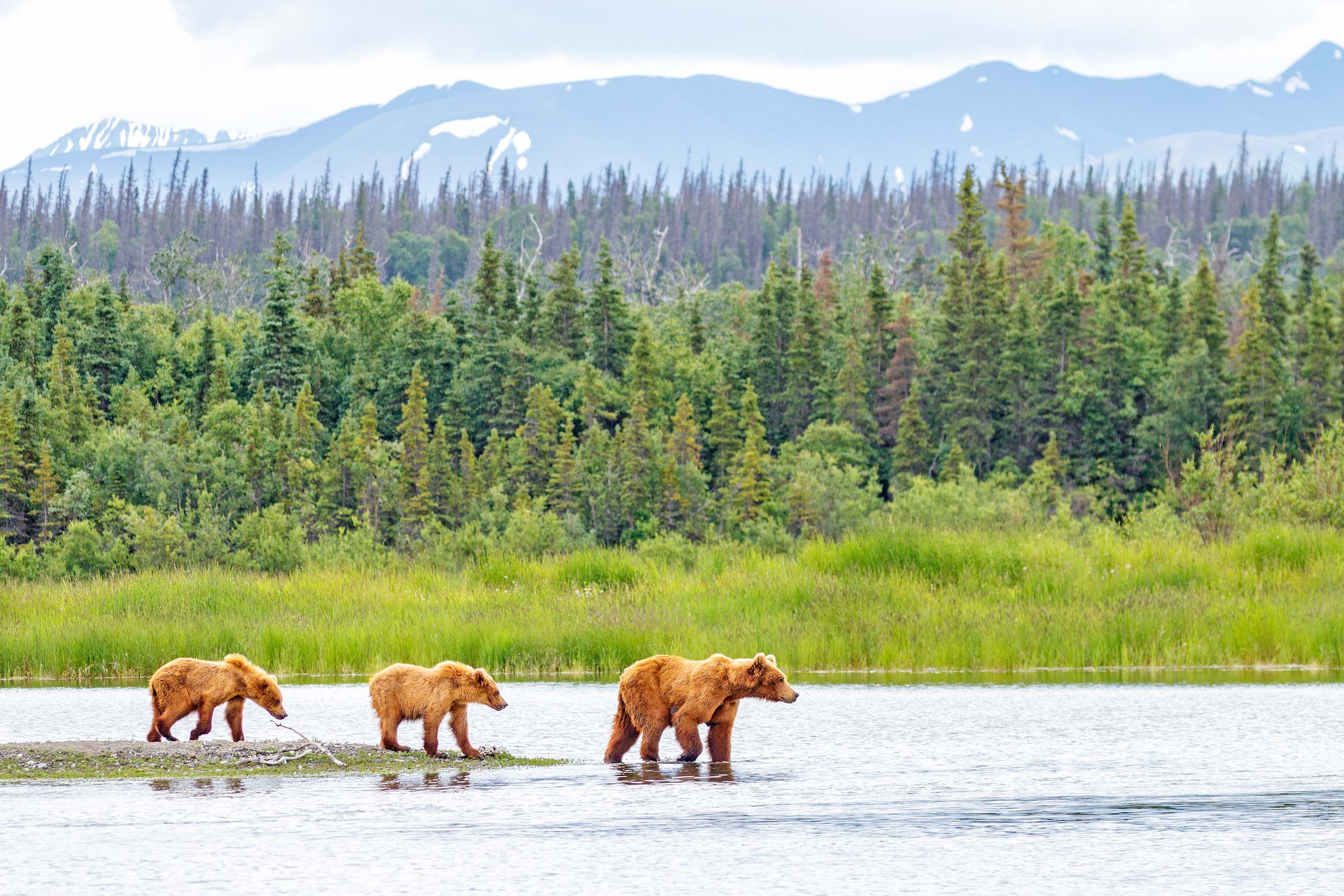
Getting There
How to Travel to Katmai National Park
Traveling to Katmai National Park can be an exciting adventure, but due to its remote location, it requires some extra planning. The closest major airport to the park is in Anchorage, Alaska, where travelers can catch a connecting flight to King Salmon. King Salmon is a small town and the primary entry point to Katmai National Park, located roughly 290 miles southwest of Anchorage. From King Salmon, visitors must take a small chartered plane or bush flight to reach Brooks Camp, which is the most popular destination within the park. There are a number of air taxi services that provide these flights, and booking them in advance is highly recommended, especially during the peak season when the park sees the most visitors.
Once in Brooks Camp, visitors can either stay in rustic cabins, camp at the designated campsite, or explore the park’s wilderness. There is no road access to the park, so travelers must rely on these air services to get in and out. The flights into Brooks Camp provide breathtaking aerial views of the park’s volcanic landscapes and pristine wilderness, making the journey a unique experience in itself. For those seeking a more immersive experience, a floatplane or small chartered aircraft can also be hired to access other remote parts of the park, including the Valley of Ten Thousand Smokes, where visitors can explore the aftermath of the massive 1912 eruption of Novarupta.
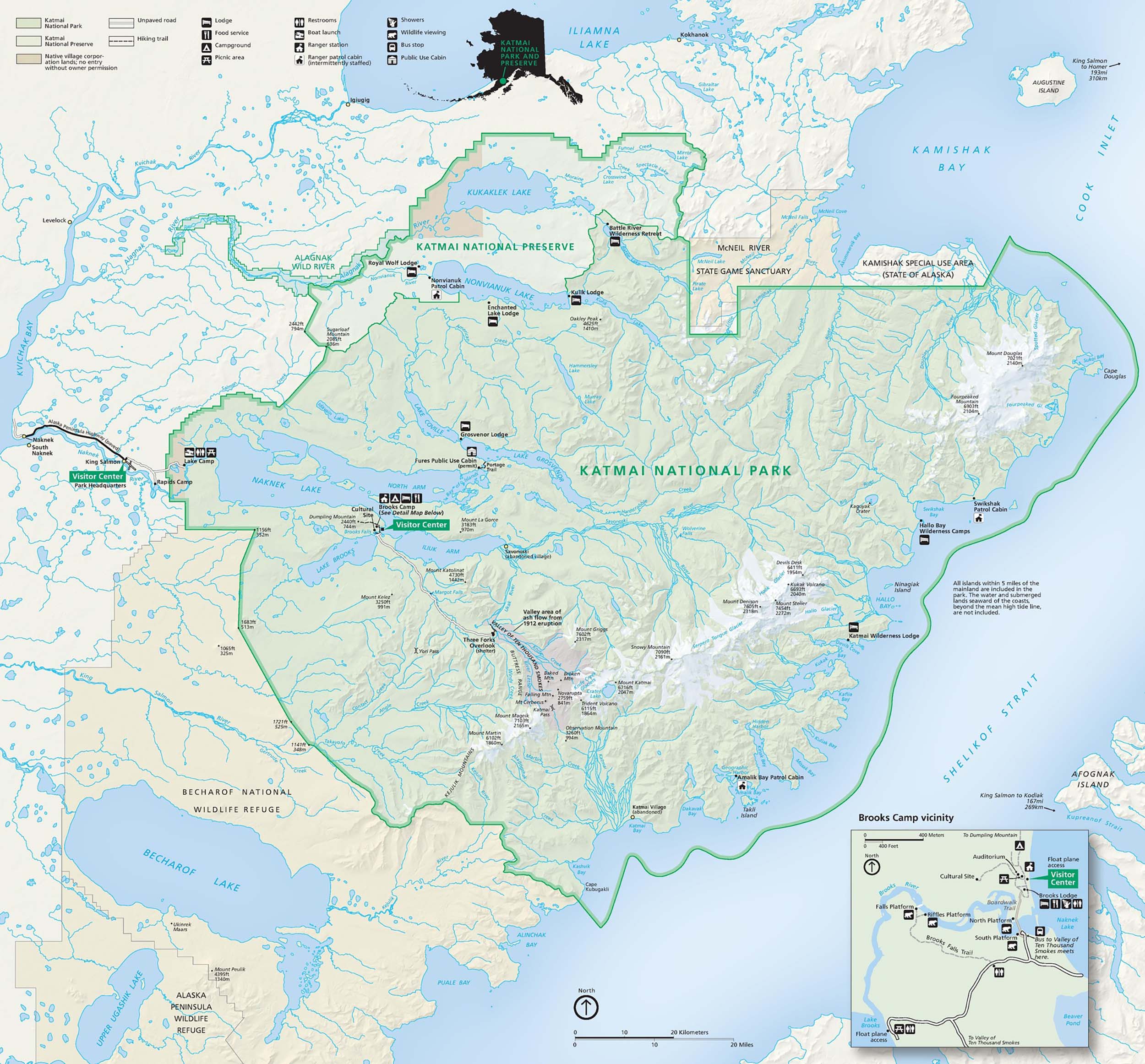
Camping
Brooks Camp Campground
- Location: Near Brooks Camp, the hub of bear-viewing and other visitor activities.
- Facilities: This is a developed campground with basic amenities, including vault toilets and bear-resistant food storage lockers. Sites are first-come, first-served.
- Details: This is the most popular camping area in Katmai, offering access to the Brooks Falls viewing platform and opportunities for fishing and wildlife watching. Due to its proximity to bear habitats, campers must follow strict bear safety protocols. No running water or showers are available.
Backcountry Campsites
- Location: Scattered throughout Katmai’s backcountry, accessible by hiking or boat.
- Facilities: Backcountry campsites are primitive, offering only basic clearings for tents. Visitors must carry all necessary equipment, including food, water purification systems, and waste disposal gear.
- Details: These campsites offer an immersive wilderness experience for experienced campers. A permit is required for backcountry camping, and visitors must be prepared for rugged conditions, unpredictable weather, and the presence of wildlife, particularly bears. Some sites are accessible by floatplane or boat, while others are reachable through hiking.
Pillow Flats Campsite
- Location: Situated near the mouth of the Ukak River, north of Brooks Camp.
- Facilities: Basic backcountry campsite with no amenities, but it’s located in a scenic area, ideal for those looking to explore the park’s volcanic landscape.
- Details: This site offers a quieter, more remote camping experience, with opportunities to see unique geological features like the remnants of the 1912 Novarupta eruption. It’s accessible by floatplane or boat, making it less crowded compared to Brooks Camp.
Kaguyak Bay Campsite
- Location: On the shores of Kaguyak Bay, accessible by floatplane or boat.
- Facilities: Primitive campsite with no facilities, requiring visitors to be fully self-sufficient.
- Details: A remote site offering access to coastal wildlife and the opportunity to explore the park’s coastline. It’s an excellent location for those seeking a true wilderness experience, far from the crowds at Brooks Camp.
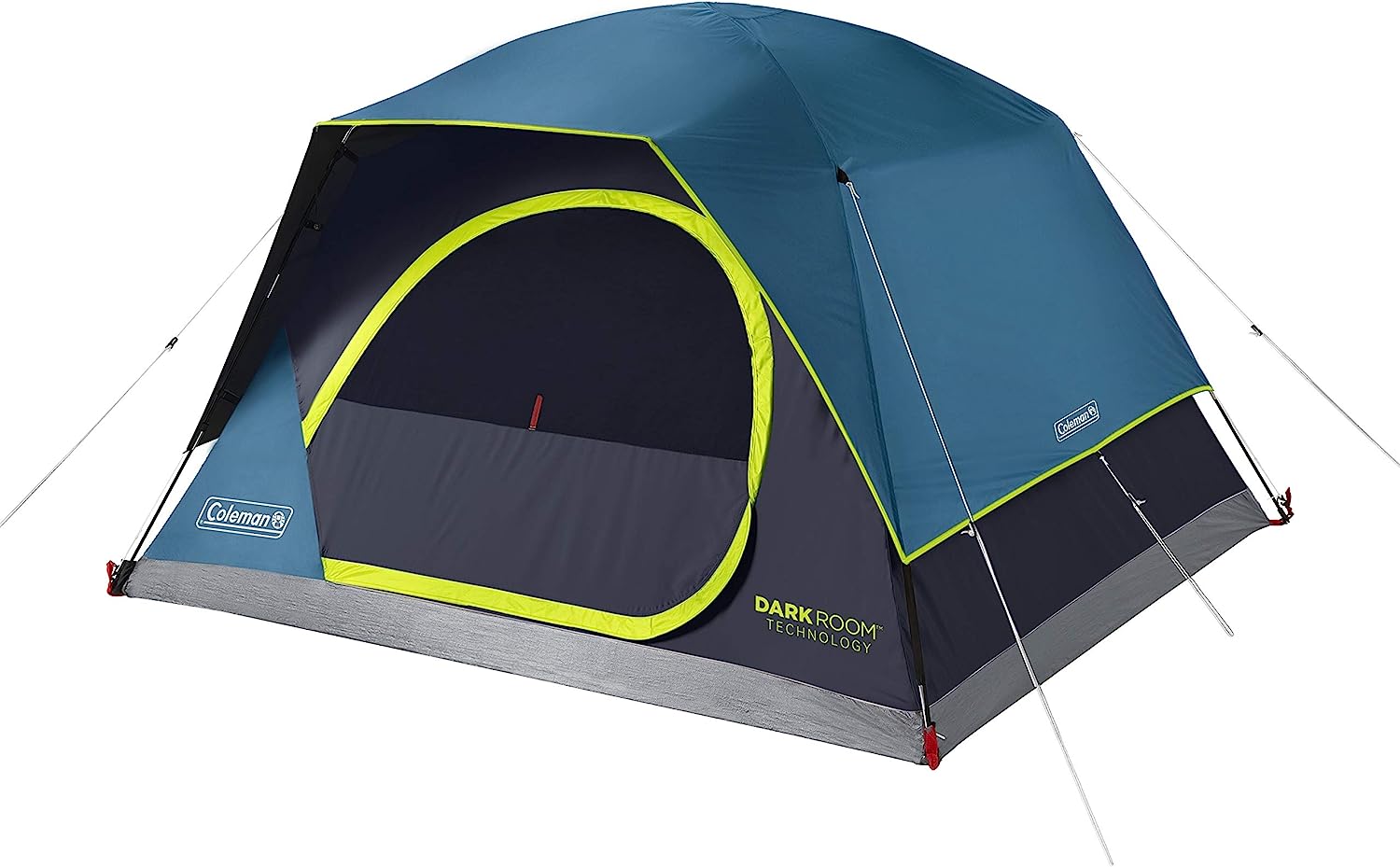
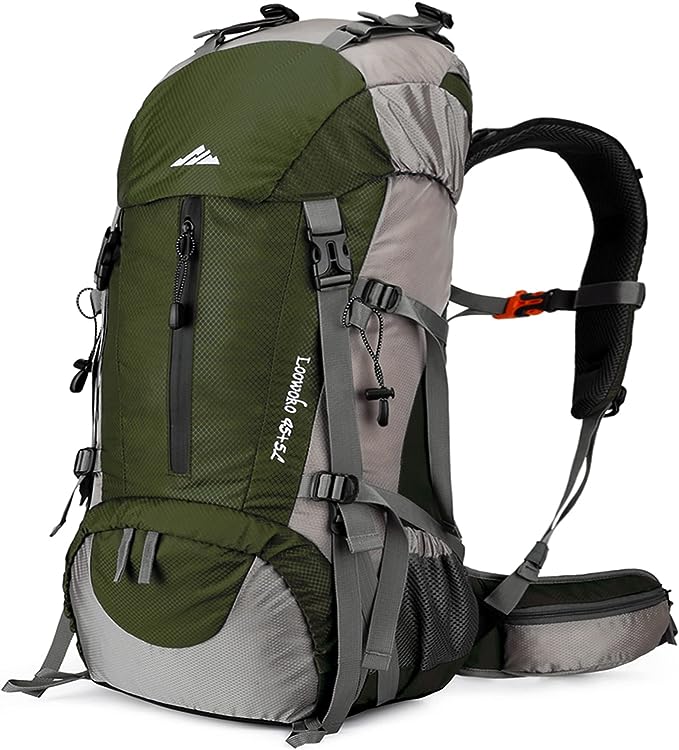
-
Follow Bear Safety Guidelines: Katmai National Park is home to a large population of brown bears, and it’s crucial to follow strict bear safety protocols when camping. Always store food and scented items in bear-resistant containers or bear lockers, and keep your campsite clean to avoid attracting bears. When hiking or moving around the park, make noise to alert bears of your presence, and carry bear spray as a precaution. Be vigilant and aware of your surroundings at all times.
-
Prepare for Rugged Conditions: The weather in Katmai can be unpredictable, with cool temperatures, rain, and wind even in summer. Bring appropriate gear, including waterproof clothing, layered outfits, and sturdy, waterproof boots. Ensure you have a high-quality tent and sleeping bag suited for the conditions, as temperatures can drop unexpectedly. Be prepared for limited amenities and pack everything you might need, including food, water purification systems, and a first-aid kit.
-
Plan Ahead and Get Permits: If you plan to camp in the backcountry, securing a permit is required. These campsites are often remote, so it’s essential to plan your route carefully and make sure you’re adequately prepared for the physical demands of hiking or boating to your campsite. Additionally, book your campsite at Brooks Camp well in advance during peak season, as it can fill up quickly. Always check for the most up-to-date information on conditions and regulations before your trip.
Popular Hiking Trails
Brooks Falls Trail
- Location: Starts at Brooks Camp, leading to the Brooks Falls viewing platform.
- Length: 1 mile (1.6 km) round trip.
- Difficulty: Easy.
- Details: This short, well-maintained trail offers visitors a chance to view the famous Brooks Falls, where brown bears fish for salmon. The trail is popular for bear watching, and it is accessible for all skill levels. While hiking, keep an eye out for wildlife, including bears and birds. The trail leads directly to the viewing platforms, where visitors can safely observe the bears in action.
Dumpy Creek Trail
- Location: Accessible from the Brooks Camp area, this trail leads to the mouth of Dumpy Creek.
- Length: 3.5 miles (5.6 km) round trip.
- Difficulty: Moderate to challenging.
- Details: This trail offers a less crowded hiking experience and is perfect for those seeking solitude. It leads hikers to the scenic Dumpy Creek area, where visitors can explore the natural beauty of Katmai’s landscape. The trail includes some elevation gain and rougher terrain, making it more suitable for those with hiking experience.
Pillow Flats Trail
- Location: Accessible by floatplane from Brooks Camp.
- Length: Varies, depending on the route.
- Difficulty: Moderate.
- Details: This trail leads to the Pillow Flats area, known for its volcanic features and stunning vistas. Hikers will traverse varied terrain, from grassy meadows to volcanic rock. The area is remote and offers a more solitary hiking experience, with breathtaking views of the surrounding valleys and mountain ranges. As with other backcountry trails, visitors should be prepared for challenging conditions and bear encounters.
Valley of Ten Thousand Smokes Trail
- Location: Accessed from the Valley of Ten Thousand Smokes, north of Brooks Camp.
- Length: Approximately 3 miles (4.8 km) round trip.
- Difficulty: Moderate.
- Details: This trail takes visitors through the Valley of Ten Thousand Smokes, a volcanic landscape formed by the 1912 eruption of Novarupta. The trail offers breathtaking views of the ash-flow deposits and rugged terrain, with interpretive signs explaining the geological significance of the area. It’s a relatively short hike, but the volcanic terrain can be challenging, so be prepared for uneven ground.
Katmai Wilderness Trails (Backcountry)
- Location: Various locations within Katmai National Park, accessible by floatplane or boat.
- Length: Varies.
- Difficulty: Challenging to difficult.
- Details: Katmai’s backcountry trails offer the most remote hiking experiences, allowing visitors to explore the park’s vast wilderness. These trails lead to areas like the Chigmit Mountains and the shorelines of surrounding lakes, offering opportunities for long-distance treks in the park’s rugged terrain. These hikes require a high level of self-sufficiency, as they often involve navigation over difficult terrain and limited trail markers. A permit is required for backcountry hiking, and it’s essential to be well-prepared for the challenging conditions and the presence of wildlife.
Hiking Trails in Katmai National Park
Katmai National Park offers a range of hiking trails that showcase the park’s diverse landscapes, from volcanic terrains to lush forests and coastal areas. One of the most popular and accessible hikes is the Brooks Falls Trail, a short 1-mile (1.6 km) round-trip path that leads to the viewing platform overlooking Brooks Falls. This trail is ideal for visitors looking to experience the thrill of bear watching, as it provides an excellent vantage point for observing brown bears fishing for salmon. While the hike is relatively easy, visitors should remain cautious and always follow bear safety guidelines, as the area is frequented by wildlife.
For those interested in exploring the park’s volcanic history, the Valley of Ten Thousand Smokes Trail offers a more challenging yet rewarding experience. This 3-mile (4.8 km) round-trip trail takes hikers through one of the park’s most unique landscapes, the Valley of Ten Thousand Smokes. Formed by the massive 1912 eruption of Novarupta, this trail offers views of vast ash flows and rugged volcanic terrain, with interpretive signage explaining the geological significance of the area. While the trail is moderate in difficulty, hikers should be prepared for uneven, rocky ground as they traverse this awe-inspiring landscape.
Wildlife at the Park
Katmai National Park is renowned for its abundant and diverse wildlife, making it a prime destination for nature lovers and wildlife enthusiasts. One of the park’s most iconic inhabitants is the brown bear, particularly at Brooks Camp, where bears gather during the summer months to fish for salmon at Brooks Falls. This spectacle is one of the most famous wildlife viewing opportunities in the world, as the bears can be seen catching fish in mid-air, sometimes even engaging in dramatic displays of dominance over fishing spots. In addition to Brooks Falls, brown bears roam freely across the park, especially in areas like the Valley of Ten Thousand Smokes, where visitors can occasionally spot them foraging for food in the wild.
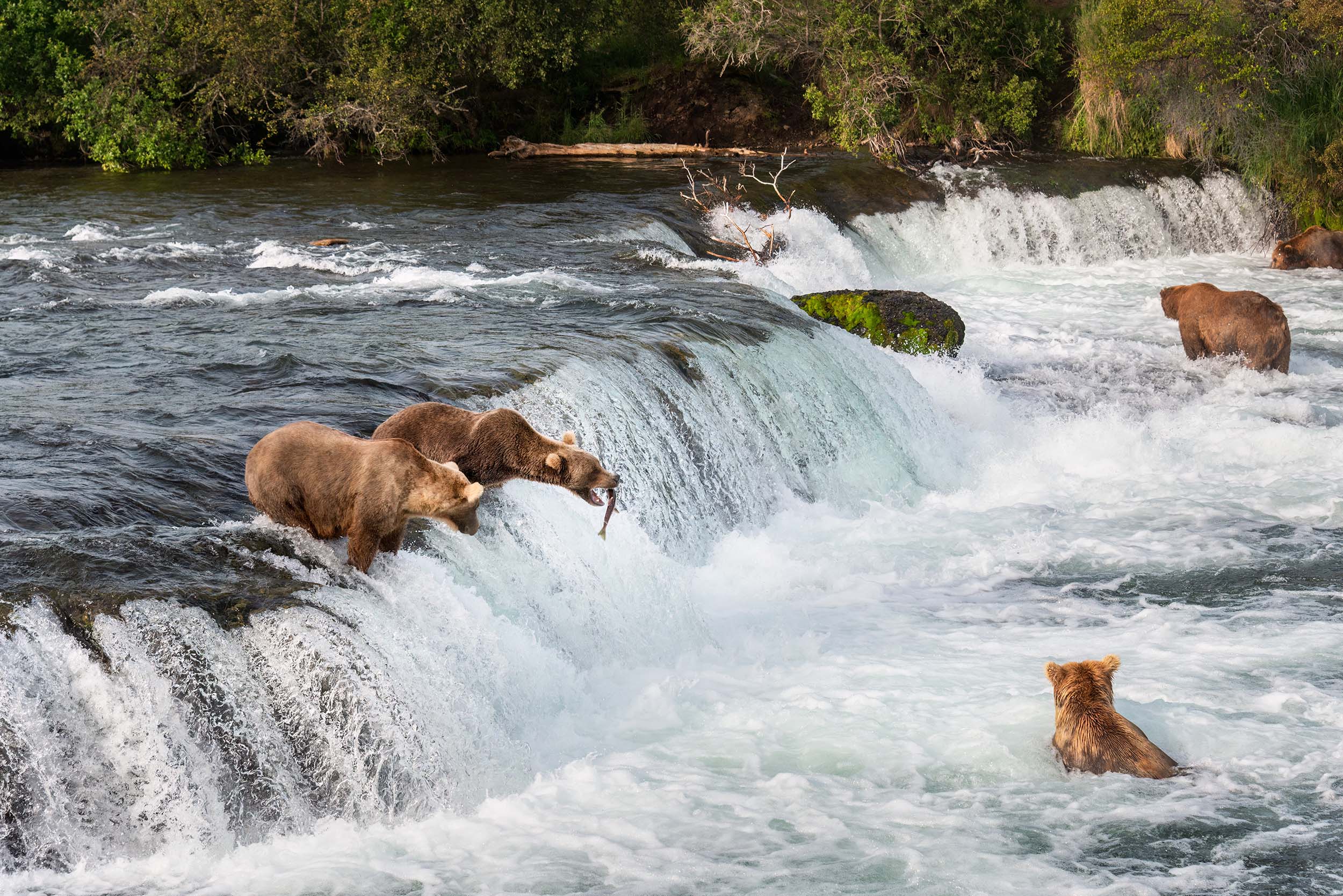
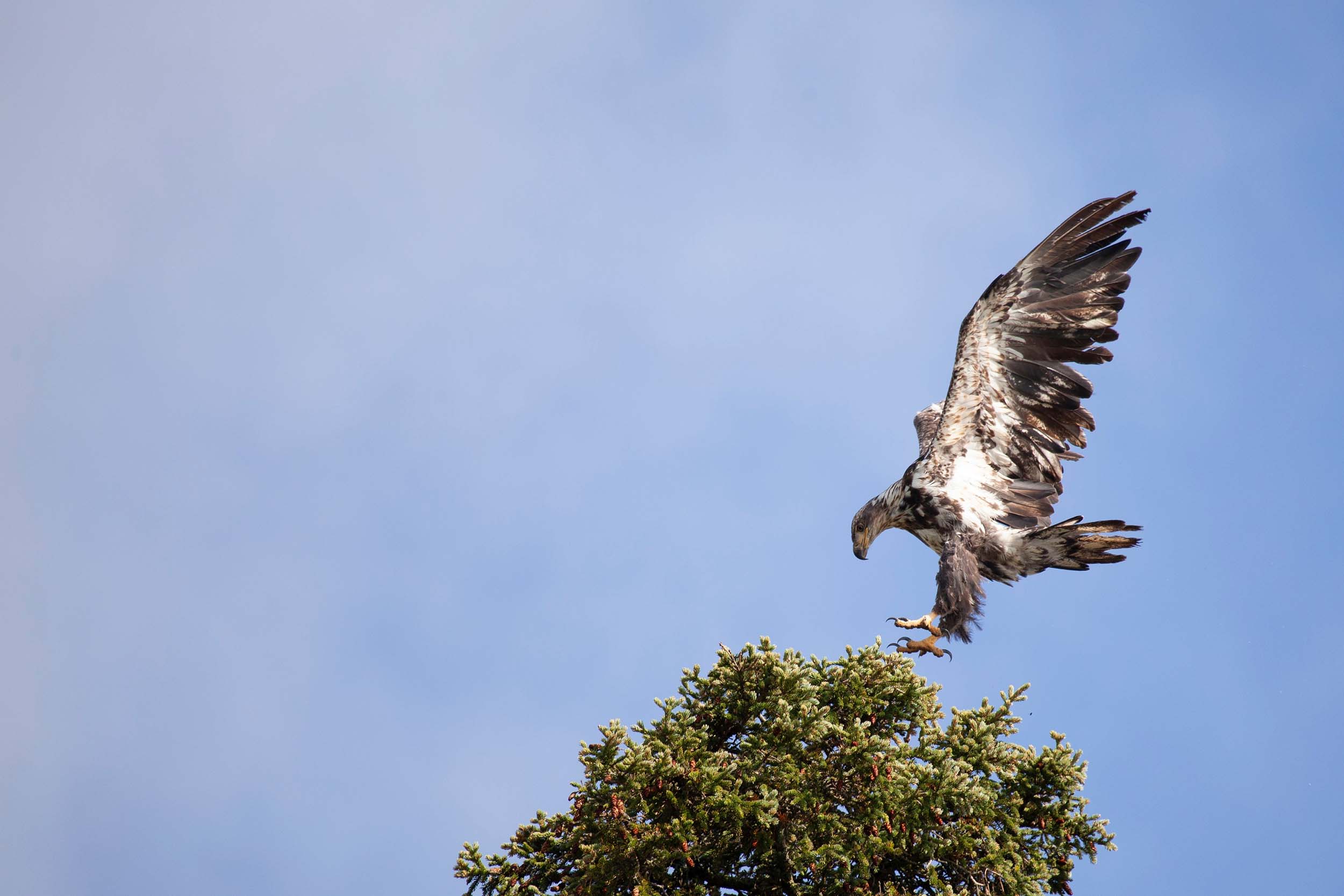
Beyond the brown bear, Katmai is home to a rich variety of wildlife, including moose, wolves, and red foxes. The park’s diverse ecosystems, from its forests and wetlands to its volcanic landscapes and coastal areas, support a wide range of animal species. Moose, often spotted in the park’s wetlands, can be seen grazing on aquatic plants, while wolves roam the backcountry, offering rare sightings for those willing to explore more remote parts of the park. Red foxes are frequently observed in the park’s tundra areas, adding to the variety of wildlife that thrives within Katmai’s vast wilderness.
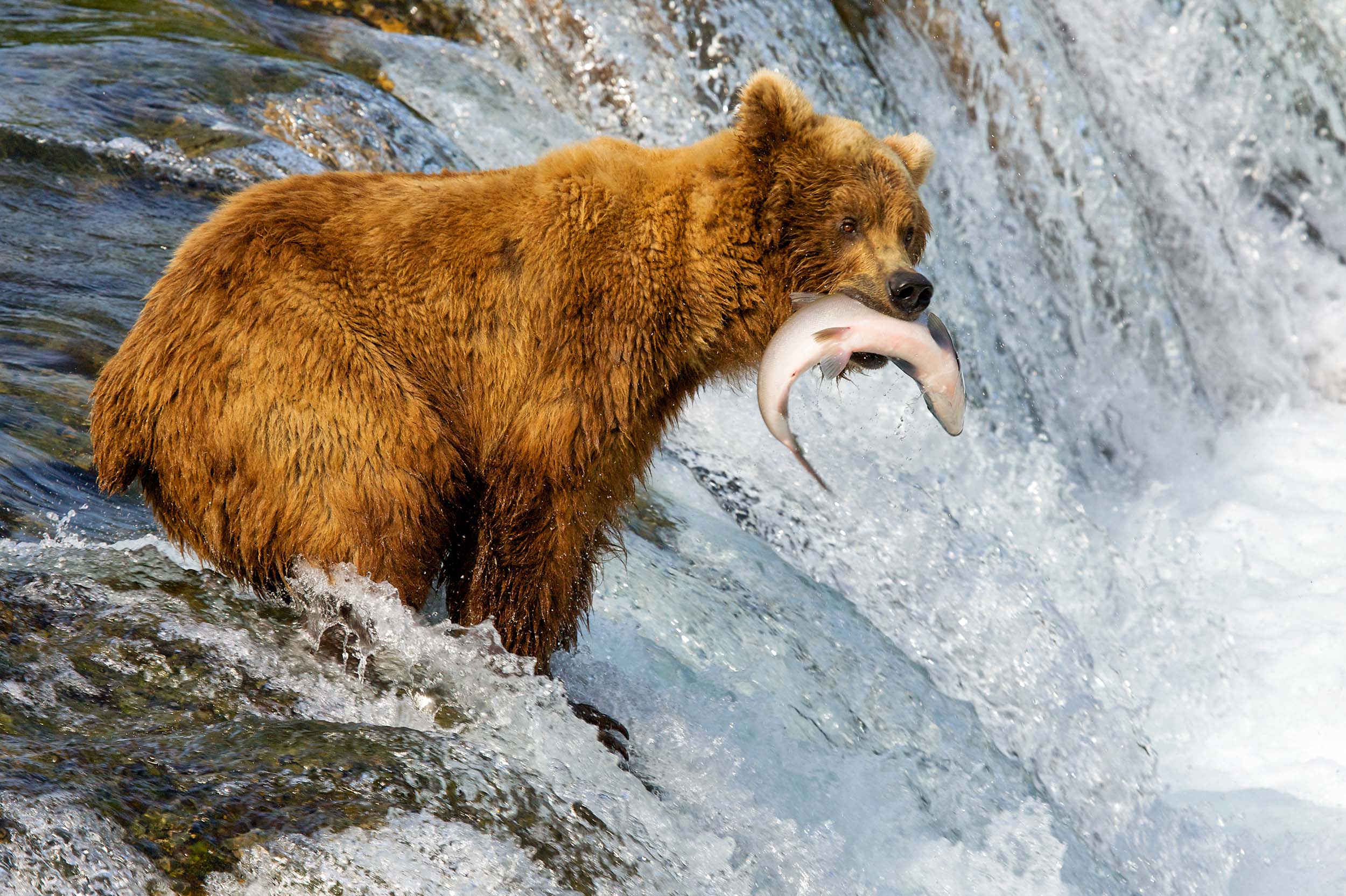
Gear We Used

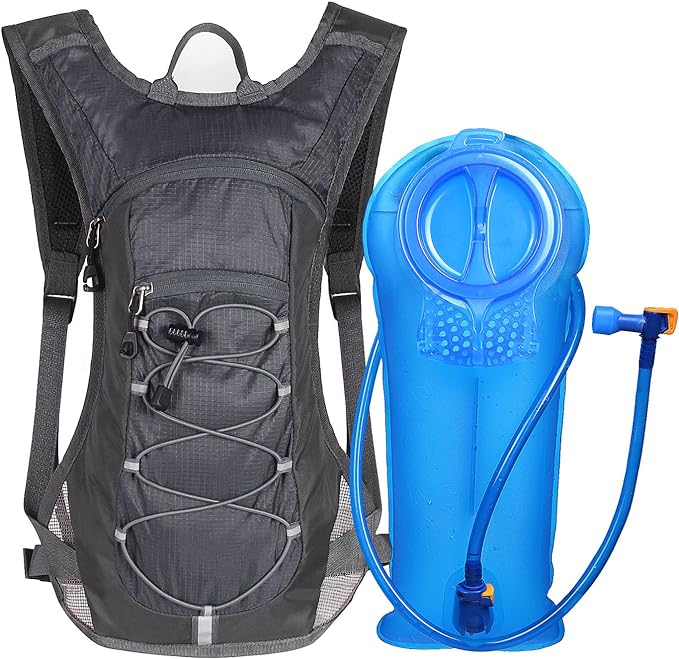
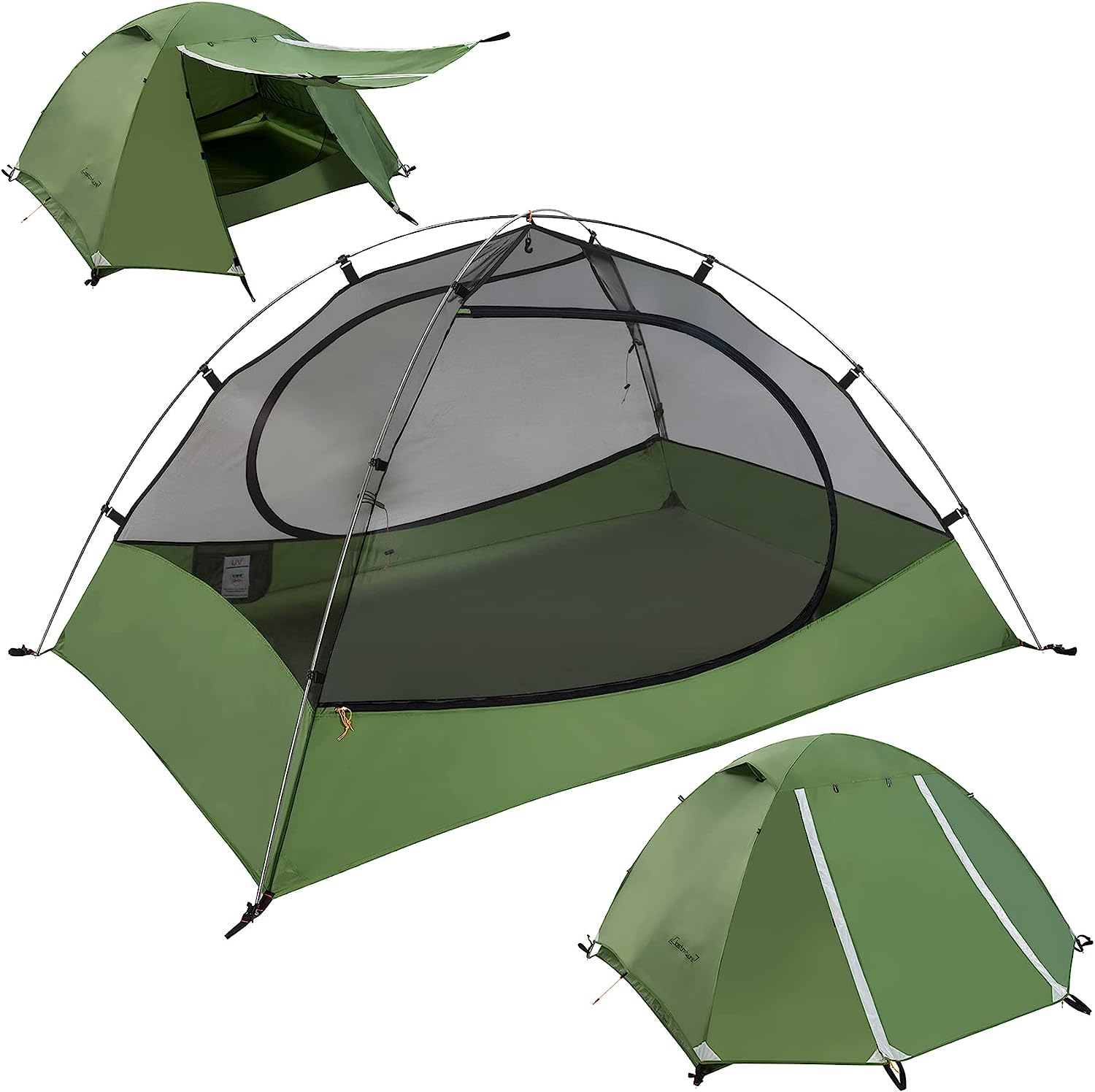
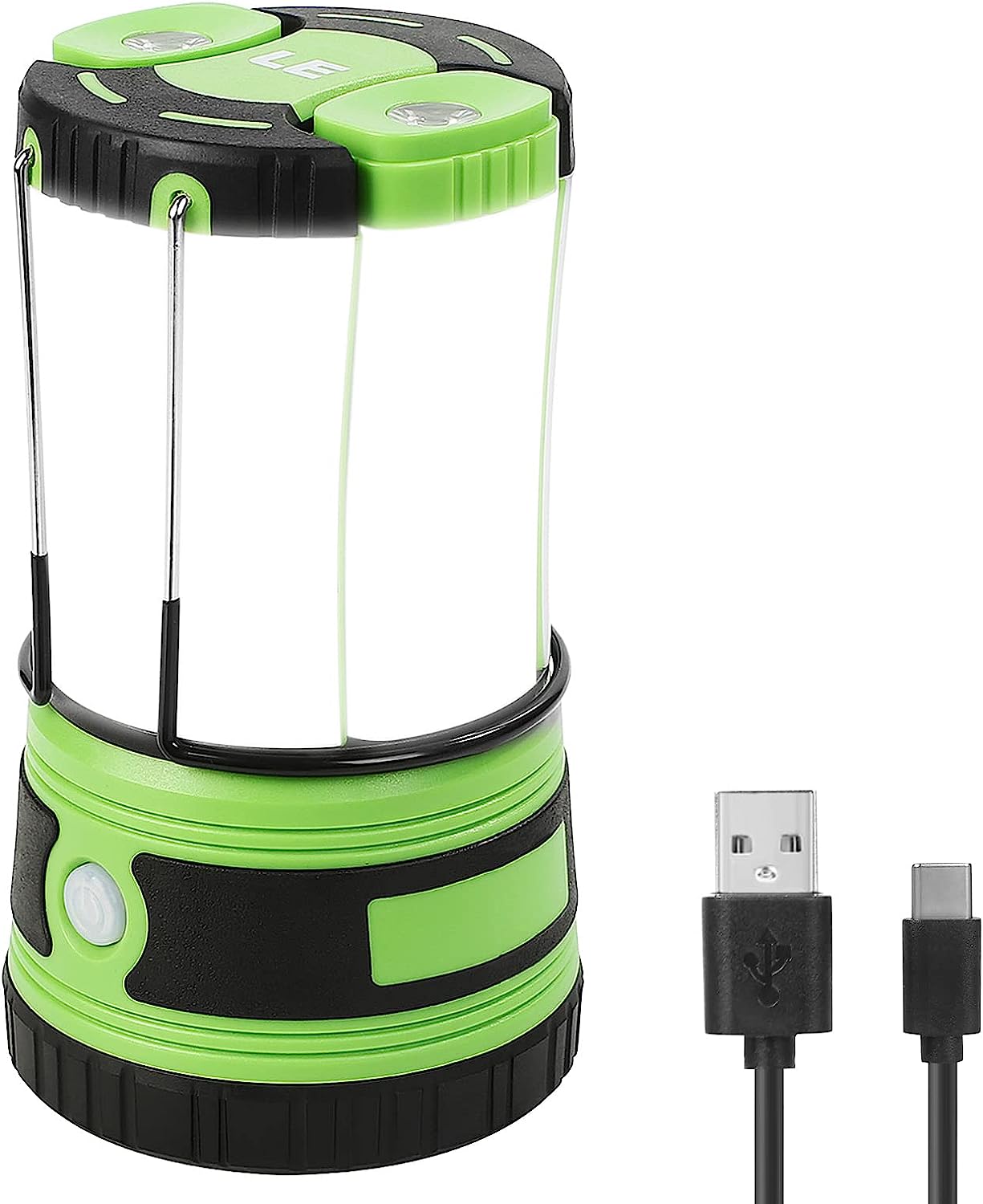
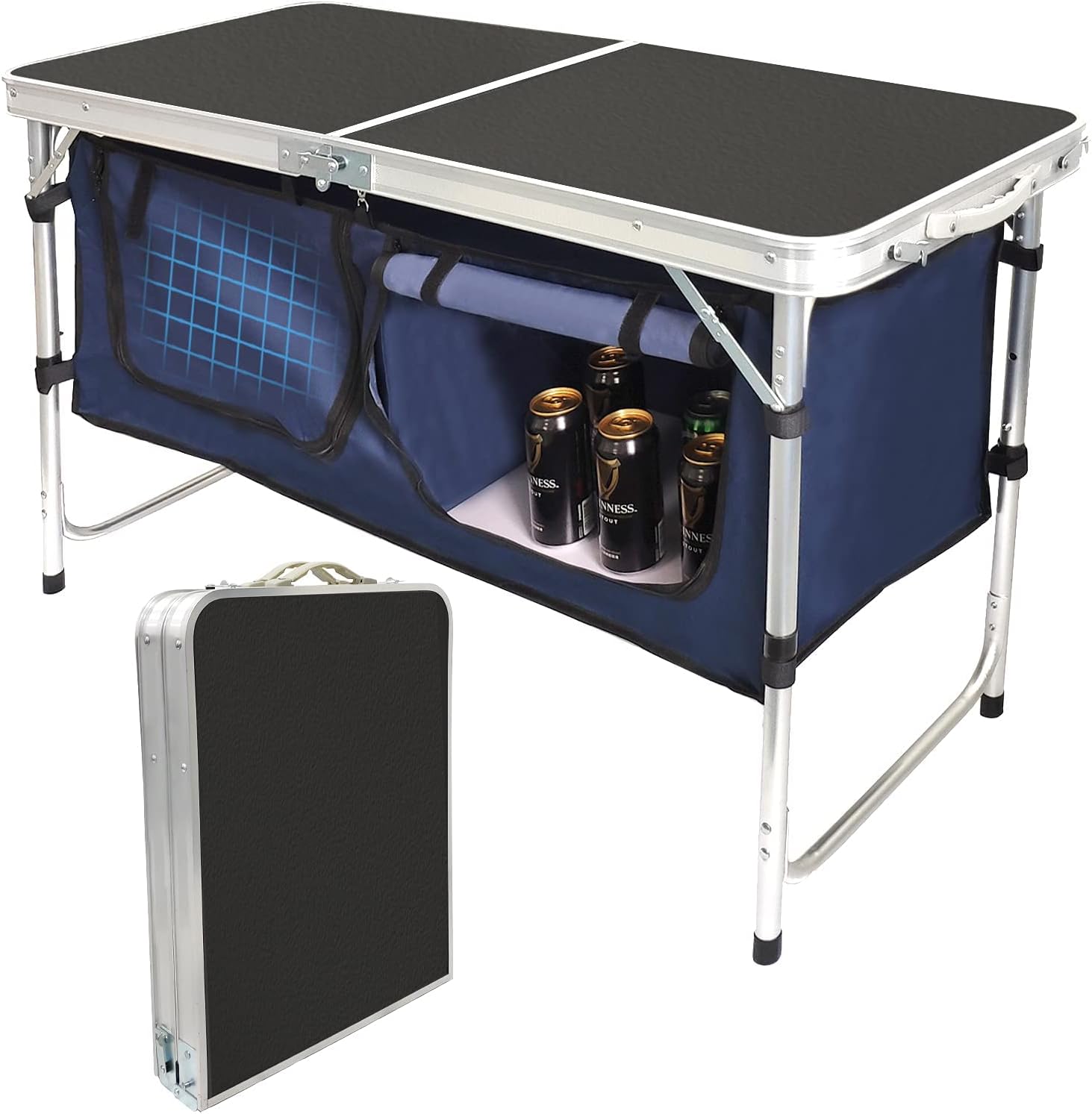
Must-Do Activities
Witness the Bear Activity at Brooks Falls
One of the most iconic experiences at Katmai National Park is observing brown bears fishing for salmon at Brooks Falls. Visiting during the peak of the salmon run (usually late June to early October) offers the best chance to see these majestic animals in action, as they catch fish mid-air. The Brooks Falls trail and viewing platforms provide safe and stunning spots to watch the bears, making this a must-do experience for any visitor.
Explore the Valley of Ten Thousand Smokes
This unique volcanic landscape, created by the 1912 eruption of Novarupta, is a must-see when visiting Katmai. Hike the Valley of Ten Thousand Smokes trail to experience its surreal terrain, with vast ash deposits and geothermal features. It’s a fascinating spot for geology enthusiasts and anyone looking to experience the park’s raw natural beauty. The volcanic landscape offers incredible photo opportunities and a chance to immerse yourself in Katmai’s dramatic history.
Take a Floatplane Tour or Flightseeing Trip
Katmai National Park’s remote wilderness is best explored from the air, and taking a floatplane tour is one of the best ways to see the park’s expansive landscape. A flightseeing trip offers unparalleled views of the park’s rugged mountains, coastal shorelines, and volcanic features, as well as the opportunity to see wildlife like bears, moose, and eagles from above. For those seeking more remote experiences, floatplane trips also provide access to backcountry areas that are otherwise difficult to reach.
The Katmai National Park History
The history of Katmai National Park is deeply intertwined with the dramatic forces of nature, particularly its volcanic origins. The park’s formation began with the eruption of Novarupta in 1912, one of the largest volcanic eruptions in recorded history. The eruption was so powerful that it reshaped the landscape, creating the Valley of Ten Thousand Smokes, a vast expanse of ash-filled terrain that remains one of the park’s most striking features. This eruption caused the largest ash fall in North American history and left behind a unique geological environment that draws visitors from around the world. The area’s volcanic activity helped to preserve the park’s untouched wilderness and provide an extraordinary window into the dynamic processes that shape the Earth.
The area now known as Katmai National Park has long been inhabited by Indigenous peoples, including the Alutiiq and Kodiak cultures. These groups lived on the coast and in the surrounding areas for thousands of years, relying on the rich natural resources of the region, including fish, sea mammals, and wildlife. Evidence of their presence can be found in archaeological sites around the park. However, after the eruption of Novarupta, much of the region became more remote and less accessible to human settlement. The unique landscape, combined with the challenges of living in such a volatile environment, led to fewer permanent settlements in the area.


